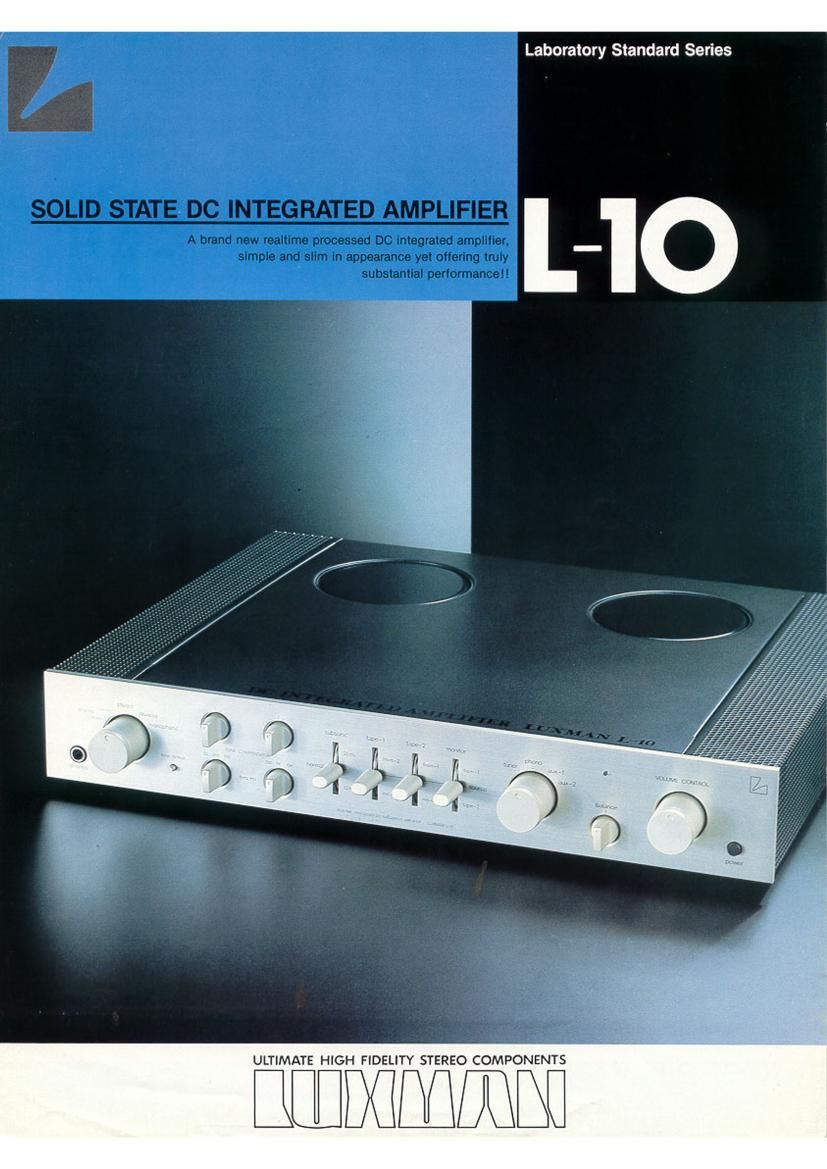Luxman l 10 brochure
This is the 2 pages manual for luxman l 10 brochure.
Read or download the pdf for free. If you want to contribute, please upload pdfs to audioservicemanuals.wetransfer.com.
Page: 1 / 2
